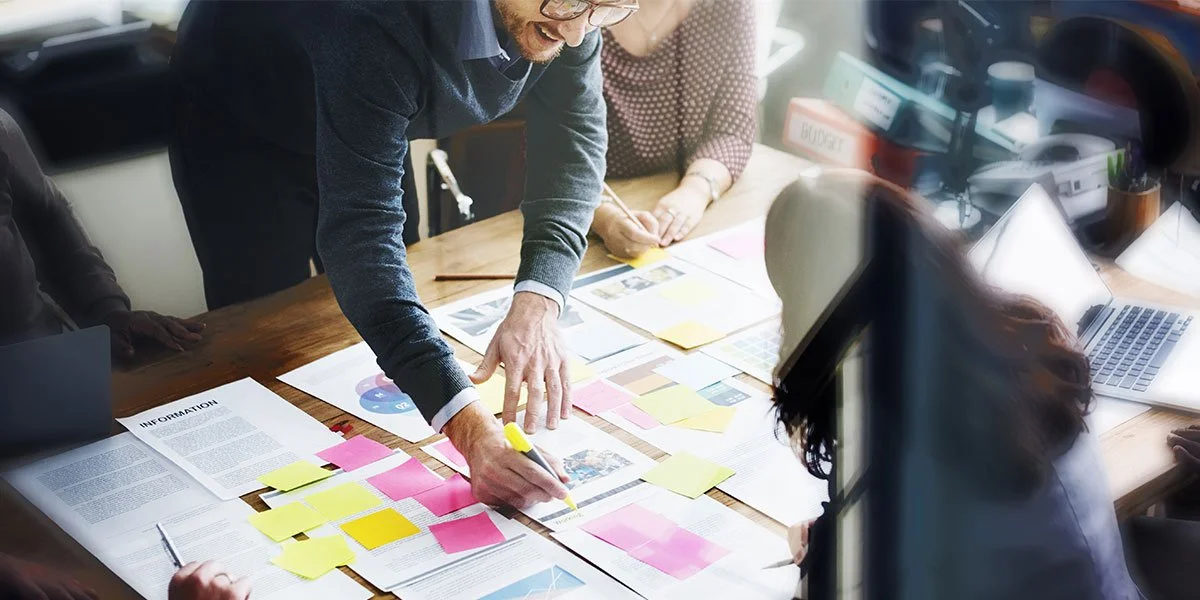Why brands are increasingly shifting to sustainable packaging

Packaging is an integral part of our daily lives. It affects things that we need to survive. But for brands, this gets bigger. Packaging has the potential to evoke a spectrum of feelings in consumers. These could range from concerns about authenticity, origin, durability, and more. All of these help them develop a lasting memory of your brand. Ever since the e-commerce triggered boom, shoppers are growing innately conscious of the brands they patronize and their impact on the environment. Today, of over 300 million tons of plastic waste generated, only 9% has been recycled to date. Plastic packaging alone comprises half the plastic waste generated globally, with only about 16%– less than one-fifth, being reprocessed and recycled. Amidst the current global crisis, for brands making changes at a micro level, shifting to sustainable packaging, can have a macro impact.
With over 78% of consumers in the US more likely to purchase a product clearly labeled “environmentally friendly,” packaging plays as important a role as the product itself. Sustainable packaging reduces packaging material and minimizes waste and environmental impact. Moreover, the profitable advantages and appeal it poses to firms and consumers are fast gaining traction.
In the product life cycle, its packaging facilitates its safe distribution and delivery from marketplace to consumer. After its useful life, however, the packaging only serves to add to the global statistic of more than 2 billion tons of municipal solid waste generated annually. Effective management of such waste is challenging, especially in underdeveloped and emerging economies. Tackling this challenge at its source addresses several cumulative challenges at once. These could be issues of large magnitude, from rapidly changing climate, air, water, and soil pollution, rising temperatures, to species extinction.
What is sustainable packaging?
Recovering packaging materials with economically viable, closed-loop systems in a circular economy lies at the heart of the sustainable packaging process. Sustainable packaging constitutes sourcing, developing, and using packaging solutions having a minimal environmental impact. From production to recovery and reuse, these packages should ideally comprise sustainable, non-toxic, biodegradable, and compostable materials utilizing renewable energy sources.
Where plastics cannot be replaced, the focus is on efficient recycling or reuse. Standards are set for safety and efficiency, built into the design at the start of packaging. At the end of the day, a package’s useful life should culminate in ‘reduce, reuse and recycle’. All these factors not only help businesses, manufacturers, and industries reduce their impact on the environment, but also favor increasingly positive consumer responses.
Shifting to a Circular Economy
Mainstream packaging today is still primarily linear. Raw materials are used in making a product’s packaging, the product is used and the packaging is discarded. A circular economy eliminates unwanted packaging, ensuring that packaging material used always stays in the economy and doesn’t get wasted.
This is possible through innovations in packaging design optimized to be safely recycled, reused, or composted. The adjoining diagram illustrates how technical and biological materials see a continuous flow through the ‘value circle’ in the circular economy packaging model.

51% of supply chain professionals expect to increase their focus on this model in the next two years. This model reduces an organization’s need to source for packaging materials externally, with the steady inflow of potentially recyclable materials increasing the firm’s raw material security. These efforts eventually enable eliminating or minimizing the waste generated. For instance, companies like Henkel and Danone strongly integrate the circular economy in their packaging. Focusing on using smart designs and sustainable sources, their aim is to go 100% circular.
Why sustainable packaging?
Here are some of the benefits of adopting sustainable packaging:
- It is easily disposable and biodegradable, reducing the overall carbon footprint
- Versatile and flexible packaging also improves storage space
- The package remains safe, healthy and benefits communities and individuals throughout its lifecycle
- It is free of toxins, allergens, and harmful plastics
- Reduces shipping costs
- Minimized resource usage and helps gain more customers, develop customer advocacy, increase brand loyalty and sales opportunities for brands
Research indicates growth in sustainable product sales in the US by over 20% between 2014 and 2019, with forecasts for sales reaching USD 150 billion in 2021.

Today, the need for smart and sustainable packaging is more acute than ever. As companies begin to increasingly adopt sustainable packaging methods maximizing the use of recyclable and biodegradable materials, various innovative alternatives have surfaced. Adopting sustainable packaging practices not only boosts your brand’s environmental and social impact but can also help your firm increase corporate social responsibility and support communities by creating employment and resource conservation.
Netscribes’ innovation research and market intelligence solutions allows organizations to stay on top of emerging trends for a competitive advantage. To know how your business can navigate rapidly shifting consumer habits and track the emerging innovations in this space, contact us.






